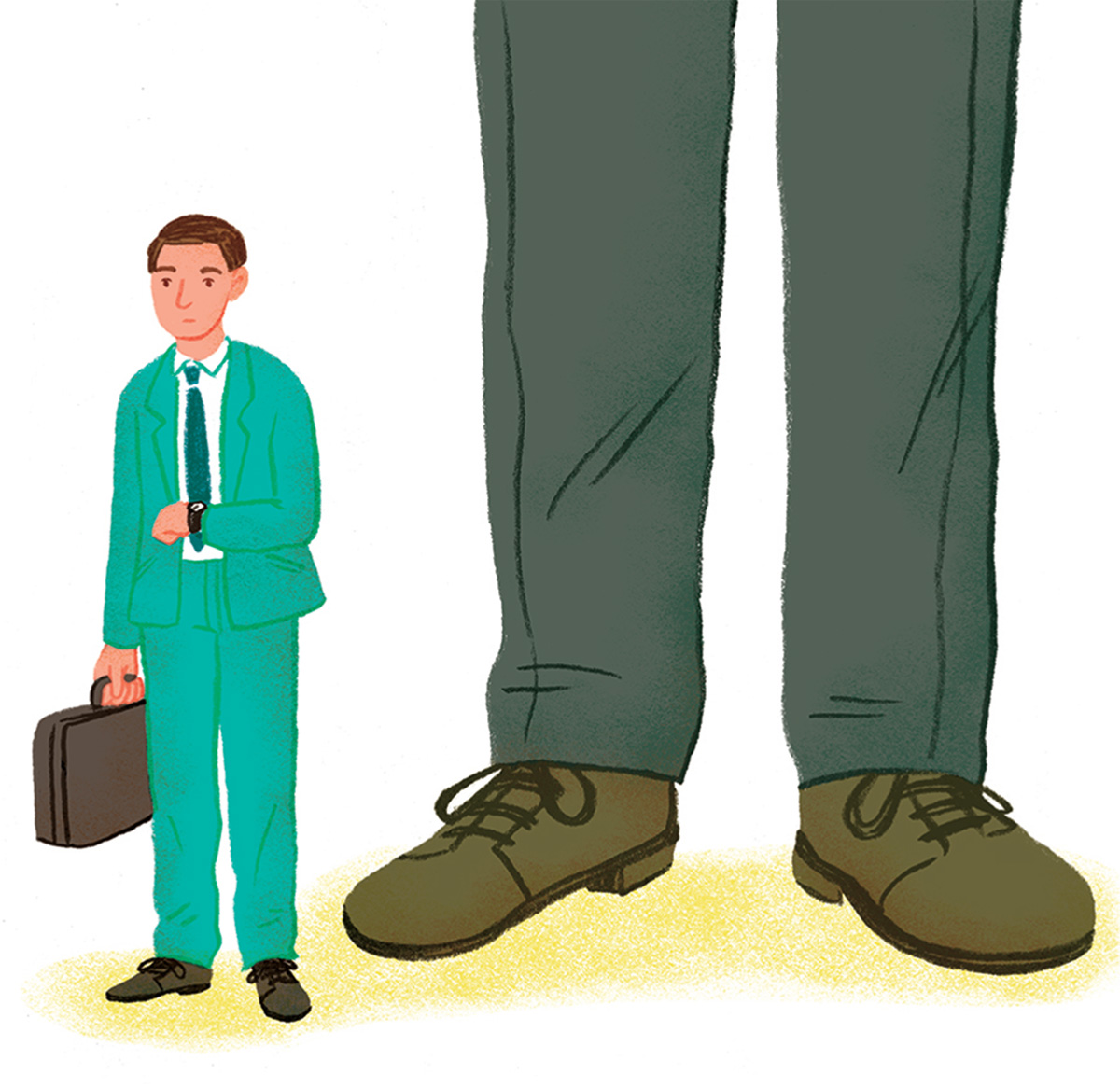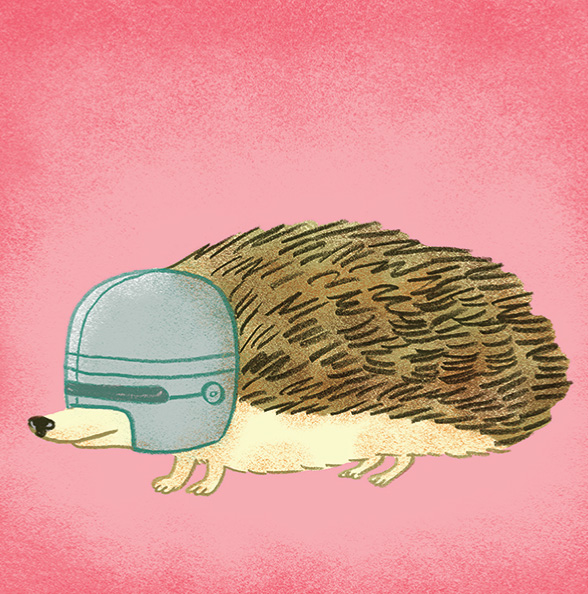
Advertisement
Will we stop at redesigning nature, or will humans themselves be redesigned for the Anthropocene? The Incredible Shrinking Man is a long-term research project exploring the implications of shrinking humans down to a height of 20 inches. With a smaller frame, humans would take up less space and require fewer resources, relieving stress on the environment. Philosophers S. Matthew Liao, Anders Sandberg, and Rebecca Roache, writing in an environmental ethics journal in 2012, offered a more modest goal for human engineering in response to climate change. Reducing average height by just 6 inches would correspond to a 15 to 18 percent decrease in humans' metabolic rate and therefore drastically lower food consumption. Such a relatively small decrease in height could be achieved by pre-implantation genetic testing and screening for embryos that carry "short genes," hormonal treatments during childhood, or drugs that could be given during pregnancy to reduce birth weight.
Advertisement

A major concern of the Anthropocene has been conserving the ecosystems that we've wreaked havoc on, but sometimes conservation requires intervention. Saving nature could necessitate redesigning it. In Designing for the Sixth Extinction, artist Alexandra Daisy Ginsberg has proposed breeding a set of interdependent engineered species that could perform the tasks of extinct organisms and respond to the problems posed by human intervention. Among them is a mutant slug that neutralizes acid levels in soil caused by pollution and a self-replicating biofilm that coats tree leaves to capture pollutants and decontaminate the air. Ginsberg's plan also goes further, taking her speculative design beyond the forest and into the patent office. It includes a proposed system of governance, patents, and incentives for biotech companies to put their R&D efforts into projects where the return isn't necessarily measurable in dollars.

Sensors placed in the smart home and smart city have been collecting data about our behavior for many years, but now scientists are starting to rely on natural sensors to tell us more about environmental factors like pollution levels and air quality. Natalie Jeremijenko's Mussel Choir uses mussels' "natural intelligence" to measure water quality. She has attached a magnet to one side of the mussels' shells and a sensor that detects fluctuations in the magnetic field to the other. As the mussels open and close in response to environmental conditions, the magnets send a signal to a computer that sings when the mussels open. The mussels close up when they detect a toxin, such as zinc or lead, and they remain open when the water is healthy to drink. Jeremijenko told Method Quarterly this year, "I trust a mussel more than the data! There can't be any decimal point errors or recalibration issues when their lives depend on it."
Advertisement

Medicine is also seeing a shift away from reductionism and control toward a more ecocentric approach. In the past two years, the growing awareness of the microbial ecosystem in the human body has transformed poop into a blockbuster miracle drug. OpenBiome is a "poop bank" that collects stool for use in fecal transplants. The gut's microbiome is host to trillions of bacterial cells that are essential for our digestion and immunity. Antibiotics can devastate this necessary ecosystem, allowing single species—like Clostridium difficile, an incredibly common infection that can cause crippling diarrhea—to take hold. Transplanting microbe-rich feces from a healthy person into the gut of someone with C. diff has more than a 90 percent cure rate, an unprecedented success for any medical technology.

In The New Weatherman's Cookbook, the artist David Benqué has offered a series of designs that use synthetic biology to disrupt environmentally damaging industries and promote radical environmental change. The New Weathermen, a fictional group of genetic engineers conceived of by Benqué, hope to achieve a "symbiotic world order" with biotechnological devices. In one project called #PalmOPS, the New Weathermen propose to thwart the palm-oil industry, which has razed rainforests and peatlands for its plantations, through a campaign of guerrilla spraying. The goal is to engineer lipase inhibitors, which prevent the human body from digesting oil, into the palms to make anyone consuming the modified oil experience sickness and what Benqué refers to as #BIOLULZ.

Geneticist George Church recently announced that scientists in his lab had engineered the DNA of elephant cells with genes from the woolly mammoth, which has been extinct for 4,000 years. Actually being able to "resurrect" woolly mammoths—or the slightly more modest goal of being able to birth an elephant engineered to be fatter, hairier, and more tolerant to cold—remains a technological long shot. But efforts to right the extinction-causing wrongs of our ancestors through genetic engineering are a fascinating Anthropocene project, blending technology and conservation. Still, the idea that we can fix our environmental mistakes with biological design has some conservationists concerned that we'll be more cavalier in making interventions that threaten species and ecosystems.

Oxitec is a British biotechnology company that over the past few years has released millions of genetically modified mosquitoes in Central and South America. When the engineered mosquitoes, which are all male, mate with wild females, they produce "self-limiting" offspring that die before they reach adulthood, causing the population of Dengue-spreading insects to decline. Efforts to eradicate mosquitoes to limit the spread of insect-borne disease, either by releasing males sterilized through radiation or genetic engineering, or especially with chemical insecticides like DDT, are an important example of Anthropocene biology. As Alexandra Daisy Ginsberg has noted, with the Oxitec mosquitos and with synthetic biology in general, the programs written into our designs are life and death themselves.
